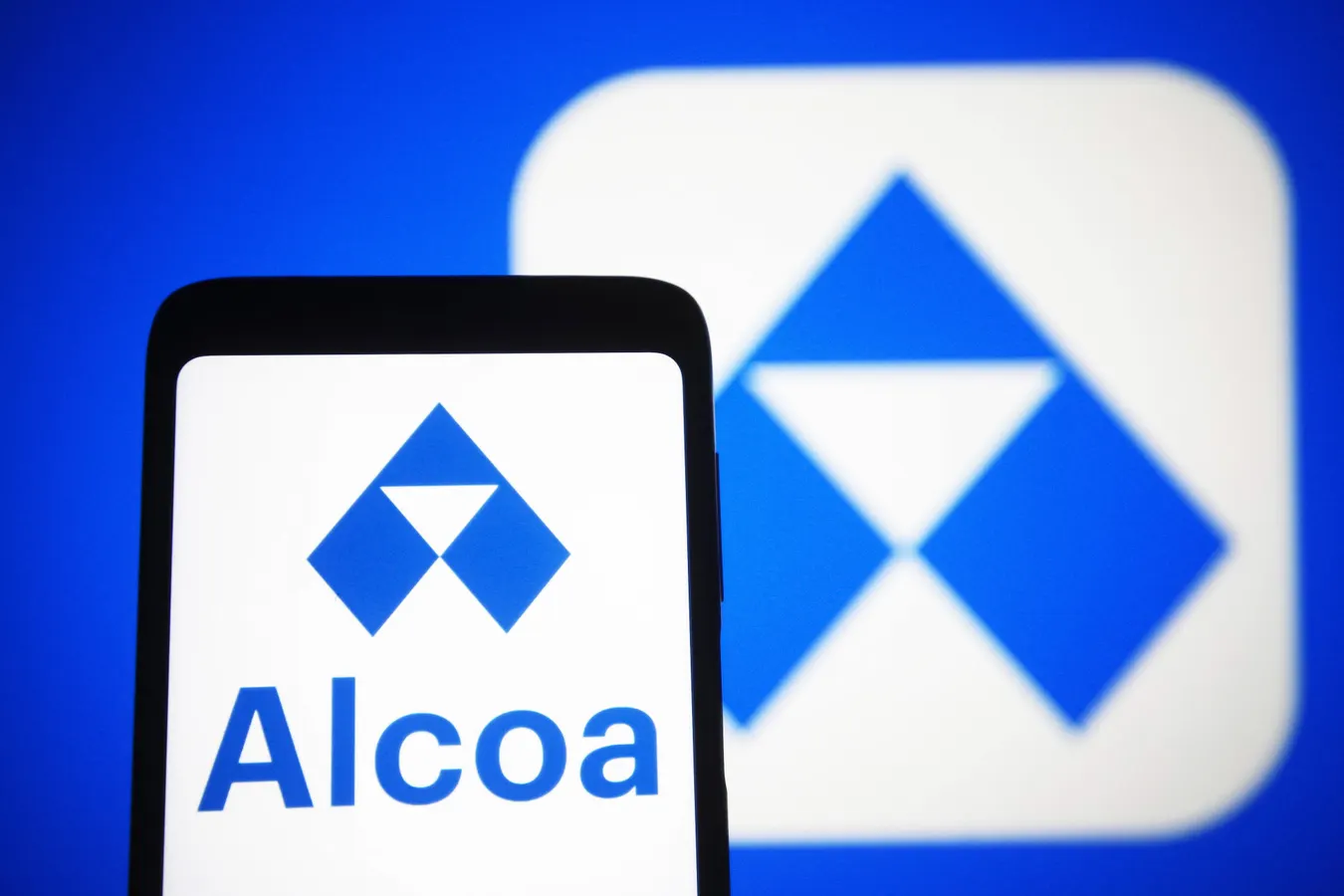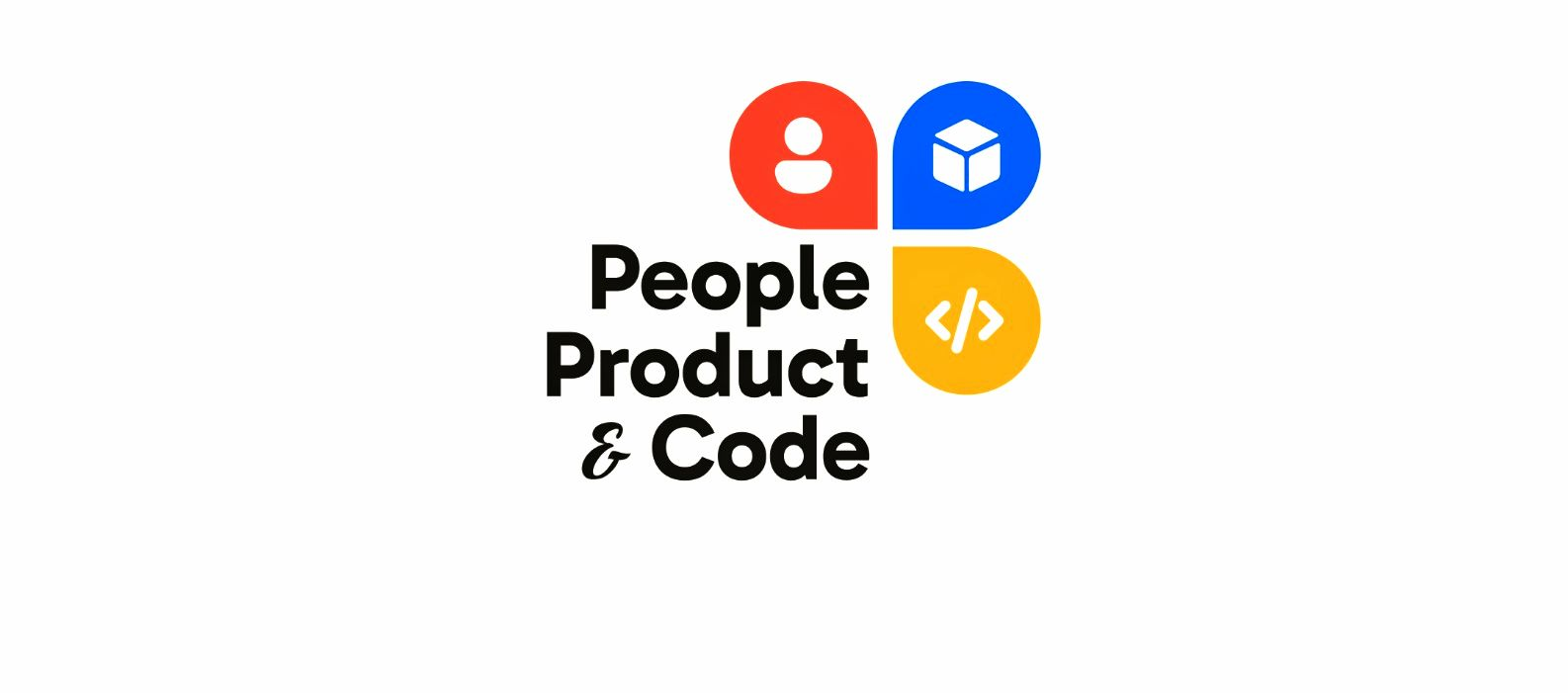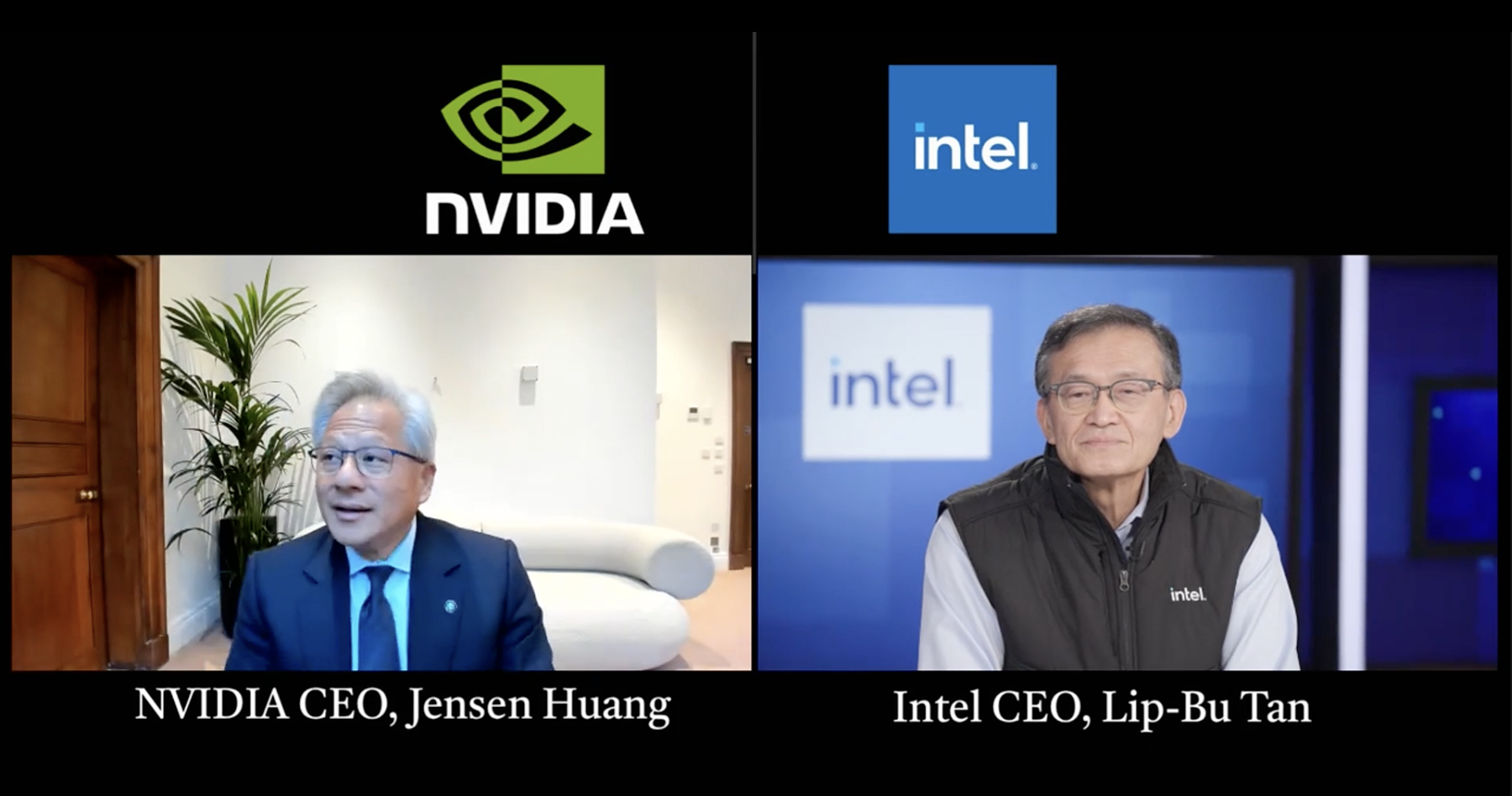By Contributor,Pavlo Gonchar,Trefis Team
Copyright forbes

UKRAINE – 2021/10/15: In this photo illustration, Alcoa Corporation logo is seen on a smartphone screen. (Photo Illustration by Pavlo Gonchar/SOPA Images/LightRocket via Getty Images)
SOPA Images/LightRocket via Getty Images
Alcoa (NYSE:AA), one of the largest aluminum producers globally, has seen a rebound in 2025 in conjunction with rising aluminum prices and a tighter global supply. Shares have moved back toward the mid-$30s, aided by improving cash flow and cost management; however, uncertainties linger regarding whether the current valuation accurately reflects Alcoa’s earnings potential and its leverage to the aluminum market. Additionally, see: Oklo Stock To Increase 50% More?
Revenue & Earnings Power
In 2024, Alcoa generated revenues of approximately $11.7 billion, a decrease from pandemic highs as aluminum prices moderated to an annual average of around $2,300/tonne. Profitability also declined, with EBITDA close to $1.5 billion and net income just shy of $500 million.
However, conditions have improved in 2025. With aluminum prices hovering around $2,400–$2,500/tonne and an increase in demand from sectors such as aerospace, automotive, and renewable energy, Alcoa’s margins have expanded. In Q2 2025, the company reported revenues of about $3.2 billion, EBITDA of around $480 million, and net income of $180 million ($0.95/share), with all-in sustaining smelting costs near $2,050/tonne.
With spot aluminum stabilizing above $2,400, Alcoa’s cost structure remains comfortably below current prices, indicating that earnings and free cash flow could grow further if market conditions tighten — particularly if Chinese restrictions on high-emission smelting continue.
Valuation Multiples
At a recent share price around $34, Alcoa has a market capitalization of approximately $8.8 billion. Based on 2024 results, the stock is trading at about 12–13x trailing earnings and an EV/EBITDA multiple of approximately 5.5x — generally consistent with historical averages but lower than global competitors like Norsk Hydro, which trade at higher multiples due to their hydropower-driven low-carbon production.
MORE FOR YOU
Alcoa’s dividend yield is around 1.2%, which is modest but is supported by a conservative payout ratio and a flexible buyback strategy. With annual free cash flow potential exceeding $800 million at current price levels, shareholder returns seem well-secured.
Balance Sheet Strength
Alcoa has net debt of about $1.2 billion, a manageable level when compared to more than $1.5 billion in EBITDA. This balance sheet allows the company to invest in growth and green initiatives, including low-carbon smelting technology (Elysis) and expansions in bauxite/alumina. If these projects are scaled, they could reduce emissions intensity and command premium pricing in a carbon-aware supply chain.
The Verdict
At the current valuation, Alcoa presents a balanced outlook — it is not distressed, but it is also not yet reflecting a supercycle. A forward P/E nearer to 10x implies limited upside if aluminum prices remain close to $2,400–$2,500/tonne, while a rise toward $2,800–$3,000/tonne could potentially double EBITDA and justify a re-rating into the $45–50/share range. Conversely, if aluminum prices fall below $2,200, earnings could shrink rapidly, revealing Alcoa’s sensitivity to the commodity cycle and dragging the stock back toward the mid-$20s.
For investors, Alcoa continues to be a high-beta play on aluminum prices: cost discipline, flexibility in the balance sheet, and sustainability investments provide support, yet the primary factor will be the metal’s supply-demand equilibrium. With low inventories and structural demand from electrification remaining strong, the market might be undervaluing Alcoa’s earnings potential if aluminum prices rise.
If you are looking for upside with a smoother experience compared to individual stocks, consider the High Quality portfolio, which has outperformed the S&P, and achieved over 91% returns since its inception. Collectively, HQ Portfolio stocks have yielded better returns with reduced risk compared to the benchmark index; it has resulted in a less volatile experience, as evidenced in HQ Portfolio performance metrics.
Editorial StandardsReprints & Permissions



